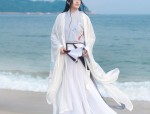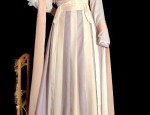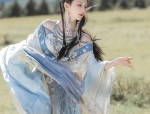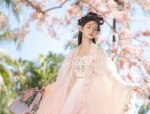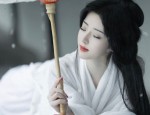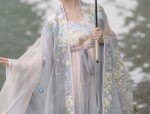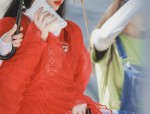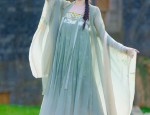The Splendor of Ming-Style Hanfu Hairdos:A Journey into Ancient Chinese Hair Artistry
In the realm of traditional Chinese culture, Hanfu attire embodies a profound history and rich heritage. Among the various elements that constitute this ancient attire, the hairdo holds a significant position, reflecting the beauty and artistry of ancient Chinese hair culture. Specifically, the hairdos of Ming-style Hanfu offer a fascinating glimpse into the intricate details and styles of hair fashion in the Ming Dynasty.
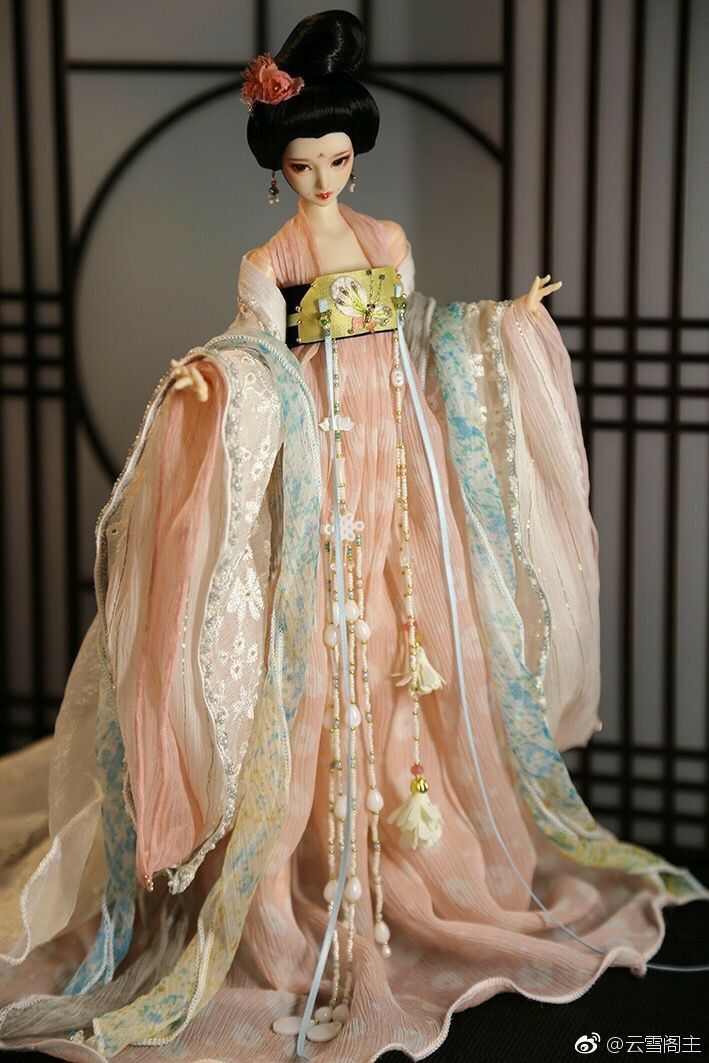
The Ming Dynasty (1368-1644 AD), a pivotal period in Chinese history, witnessed a flourishing culture that influenced various aspects of life, including fashion and hairstyles. The hairdos of this era were not mere simple tucking or tying; they were an expression of individual identity, social status, and cultural aesthetics.
In Ming-style Hanfu, men's hairdos were typically tied at the top of the head into a knot or bun, often with intricate patterns and designs. These hairdos were not just about securing the hair but also served as a medium to display wealth, power, and status. The design and placement of the hair bun were influenced by various factors such as social customs, fashion trends, and personal preferences.
Meanwhile, women's hairdos during this era were even more intricate and diverse. From simple chignons to elaborate hairpins and braids, women's hairdos were a masterpiece of artistry. Hair was often adorned with jewelry and ornaments such as flowers, jade, pearls, and other precious stones, which not only enhanced the beauty of the hair but also served as symbols of status and wealth.
The art of hairdressing in Ming-style Hanfu was further enriched by the use of various hairpins and accessories. These accessories not only helped to secure the hair but also added to the overall beauty and elegance of the hairstyle. Hairpins made of precious metals and stones were often embedded with intricate designs and patterns, reflecting the craftsmanship of the era.
The hairdos of Ming-style Hanfu also reflected the cultural and social values of the time. Hair was considered a symbol of purity and virtue, and thus, the hairdos were designed to compliment the wearer's personality and moral values. The intricate details and patterns in the hairdos were often influenced by cultural symbols and motifs that conveyed various meanings such as good luck, prosperity, and harmony.
Moreover, the hairdos of Ming-style Hanfu continue to inspire modern fashion trends and hairstylists. The intricate braids, elegant chignons, and use of hairpins and accessories have made a comeback in modern fashion, reflecting the timeless beauty and artistry of ancient Chinese hair culture.
In conclusion, the hairdos of Ming-style Hanfu offer a fascinating glimpse into the rich history and culture of China. They not only reflect the beauty and artistry of ancient hair culture but also continue to inspire modern fashion trends. The intricate details and patterns in these hairdos are a testament to the skilled craftsmanship and cultural values of the era. Today, as we admire these beautiful hairdos, we also learn about the rich history and culture that has shaped them, allowing us to appreciate the beauty and artistry of ancient Chinese culture even more deeply.

 Previous Post
Previous Post


